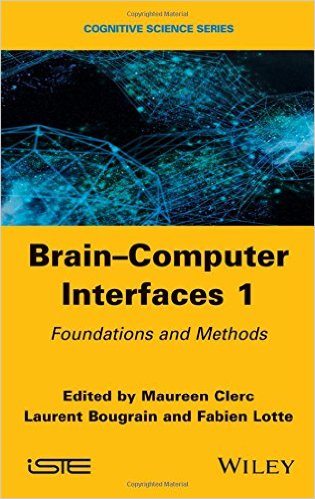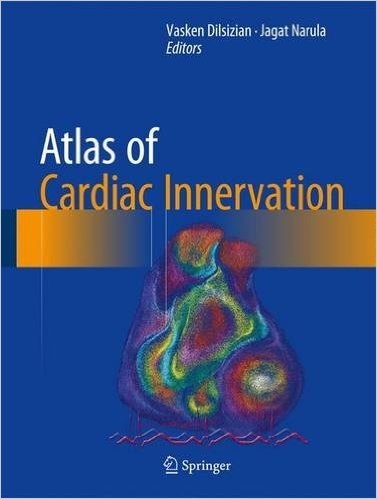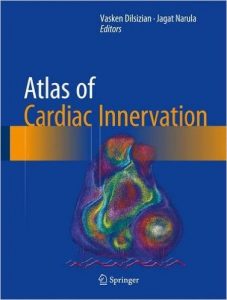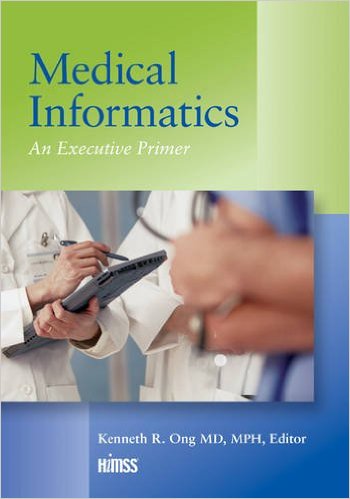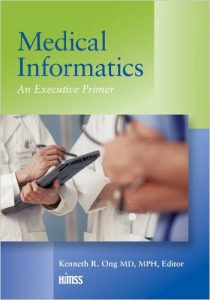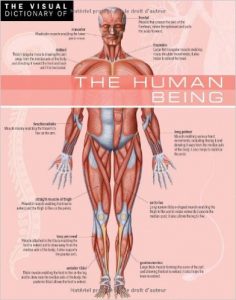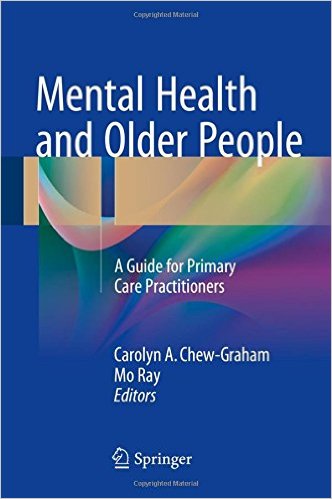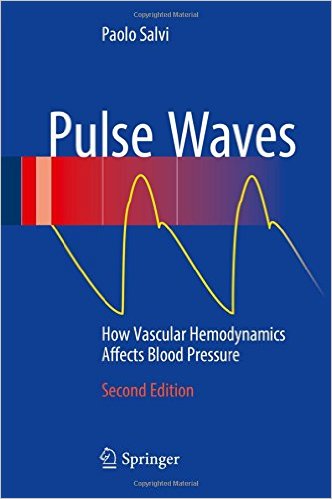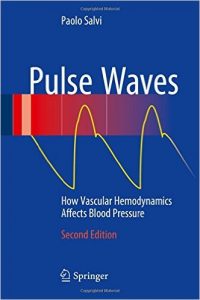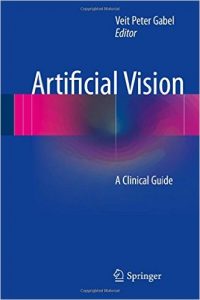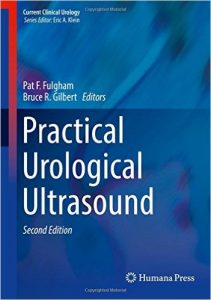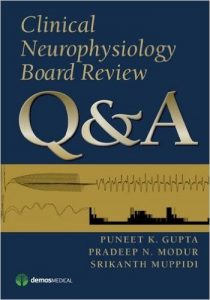
[amazon template=iframe image2&asin=1936287870]
[R]eflects great erudition and knowledge of the field… …for question-and-answer reviews, this book stands out as the most comprehensive and rigorous one in recent years. The illustrations are well chosen to match the questions… This book is recommended for its intended audience and candidates for board certification in a field of clinical neurophysiology. It can be a useful resource for fellows during their training. Neurology residents, general neurologists, and technologists who want to take on a challenge may use it to assess their depth of understanding.” –Edward Faught, Emory University, Journal of Clinical Neurophysiology
This is a very useful board review for the neurophysiology sections in several board certification examinations. Anyone preparing for these examinations should have access to these prototypical questions and the explanations of the answers.” —Doody’s Reviews
This high-yield, illustrated clinical neurophysiology board review is a comprehensive resource for assessing and refining the knowledge tested on multiple board examinations. Written by authors who are collectively board certified in all of the areas covered, the book is a valuable study tool for candidates preparing for certification or recertification in clinical neurophysiology, neuromuscular medicine, epilepsy, sleep medicine, and neurology. Using structured question formats typically encountered on boards, this comprehensive review allows users to assess their knowledge in a wide range of topics, provides rationales for correct answers, and explains why the other choices are incorrect. A unique ÏPearlsÏ section at the end of the book allows for quick review of the most important concepts prior to exam day.
Clinical Neurophysiology Board Review Q&A contains 801 questions with answers and detailed explanations. The book is divided into eight chapters covering anatomy and physiology, electronics and instrumentation, nerve conduction studies and EMG, EEG, evoked potentials and intraoperative monitoring, sleep studies, ethics and safety, and advanced topics including QEEG, MEG, TES, autonomic testing, and more. Liberal use of image-based questions illustrating the full spectrum of neurophysiologic tests and findings build interpretive skills. Questions are randomized and include both case-related questions in series and stand-alone items to familiarize candidates with the question types and formats they will find on the exam.
Key Features:
? Contains 801 high-yield board-type questions covering all areas of the complex subspecialty of clinical neurophysiology
? Q&A format with answers and detailed rationales to facilitate recall of must-know information and help identify knowledge gaps for further study
? P rovides case-based questions in series to simulate full range of board question types
? I ncludes 148 state-of-the-art digital images to ensure familiarity with studies and findings that form a significant part of any certifying exam
? Contains unique ÏPearls for PassingÓ section for quick review of key facts
DOWNLOAD THIS BOOK FREE HERE
http://upsto.re/v9VMHJE
